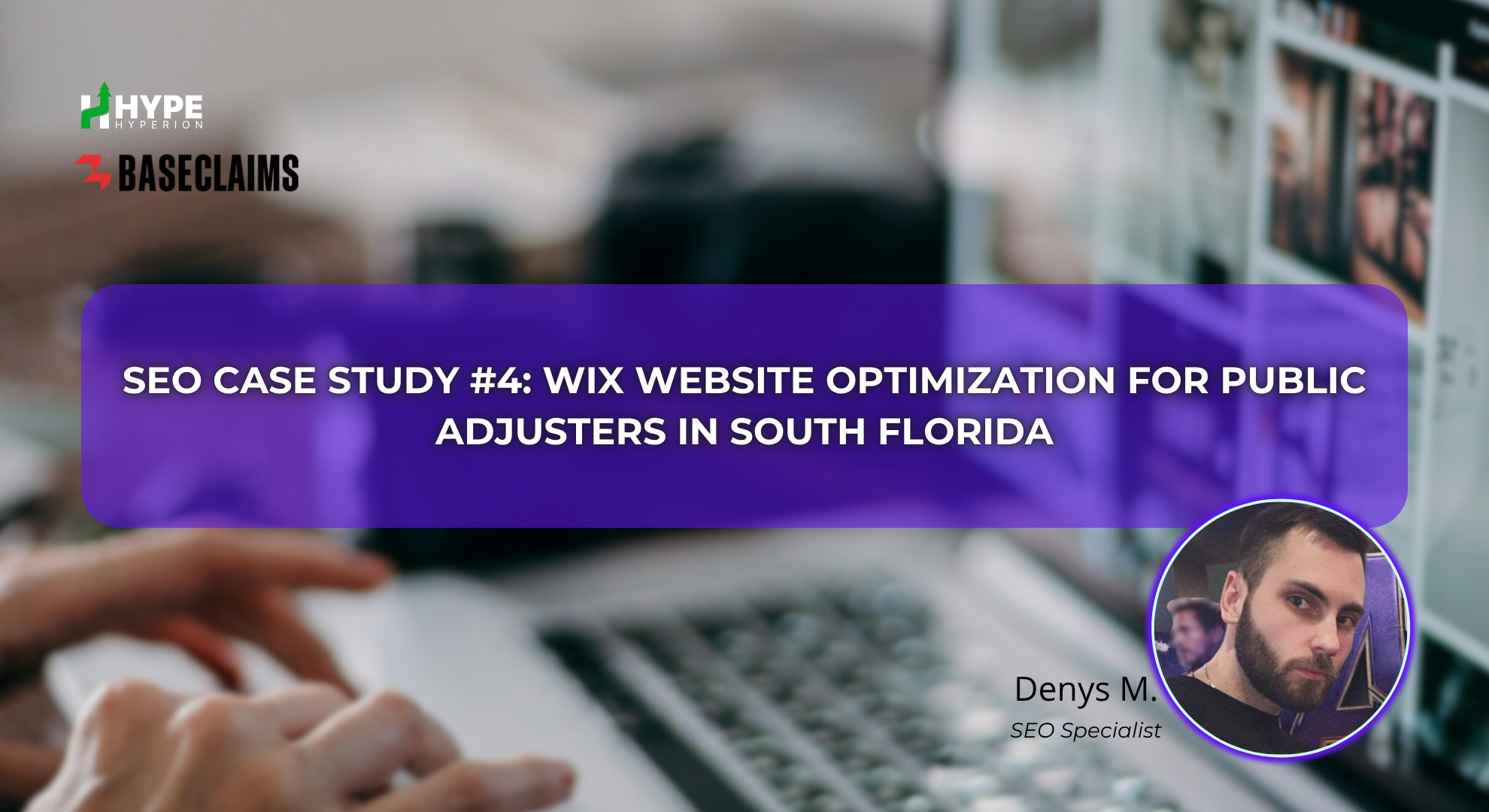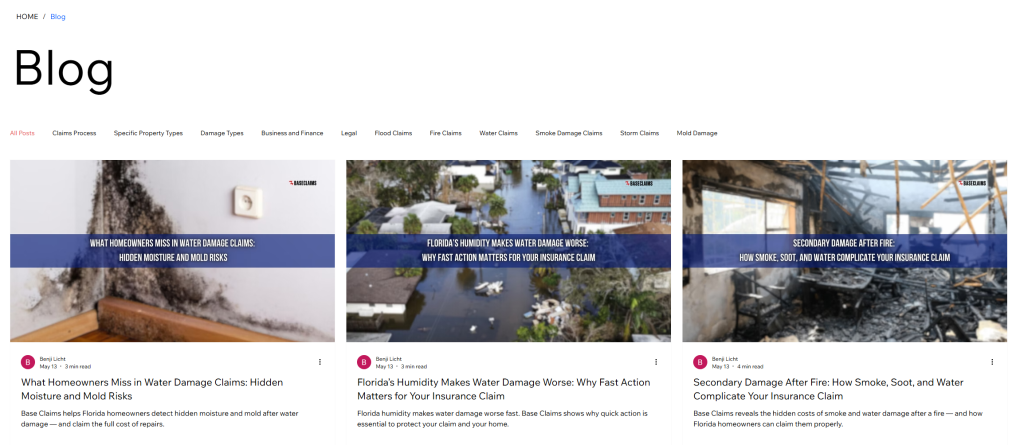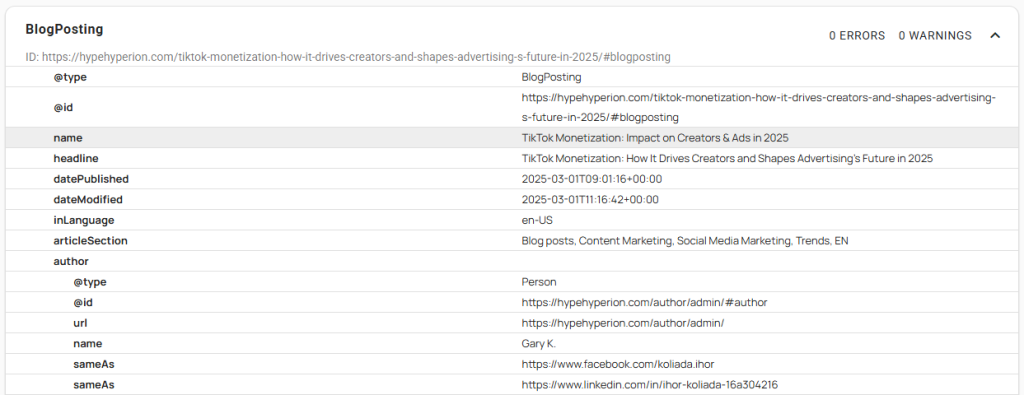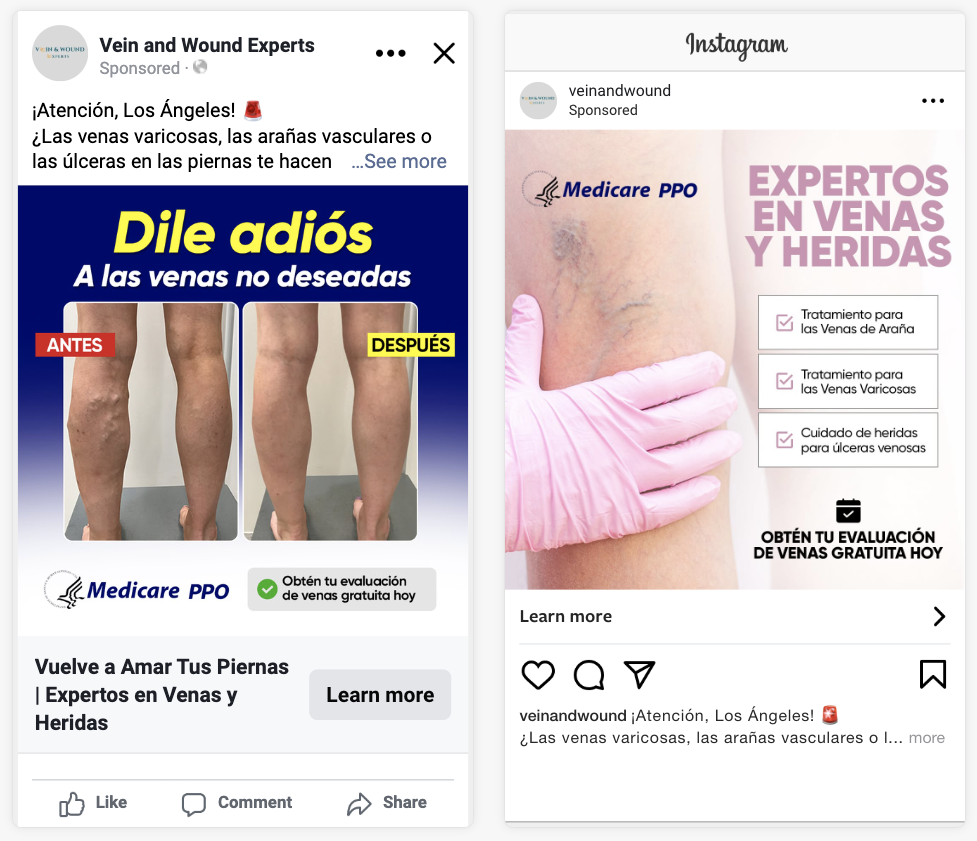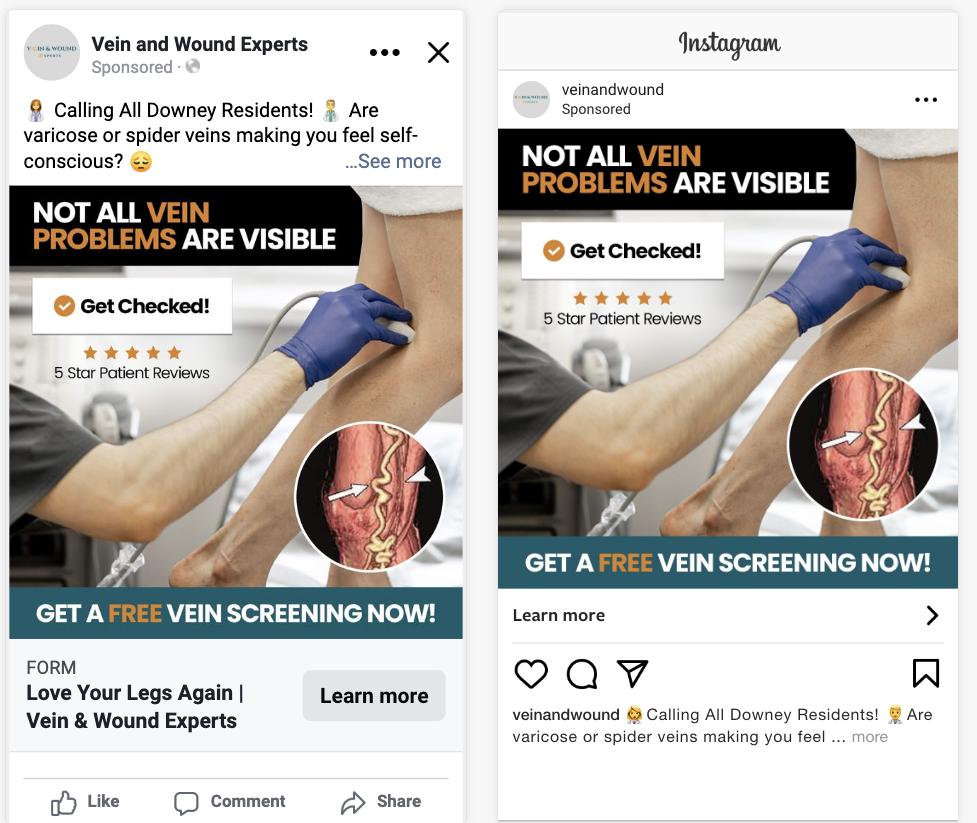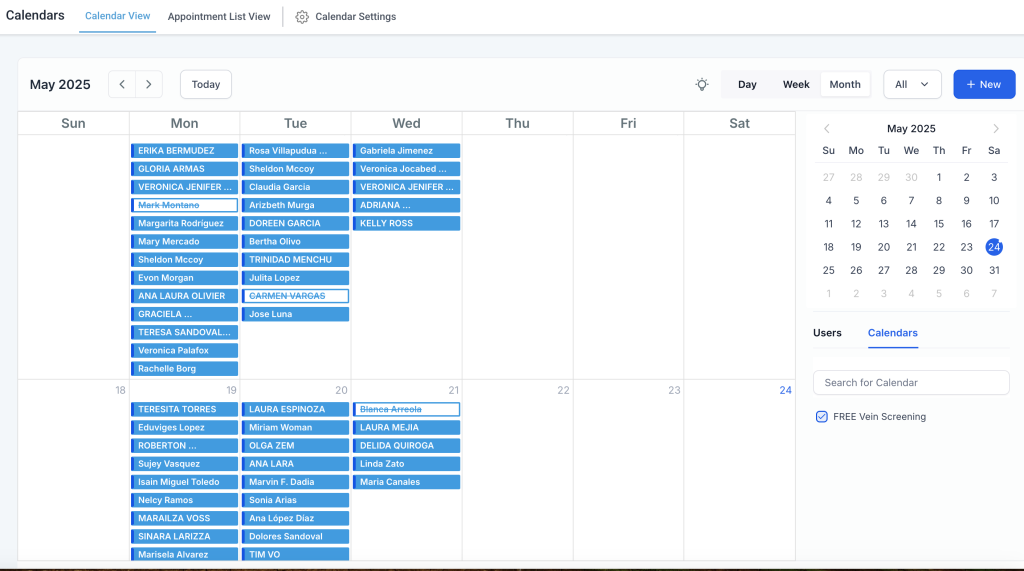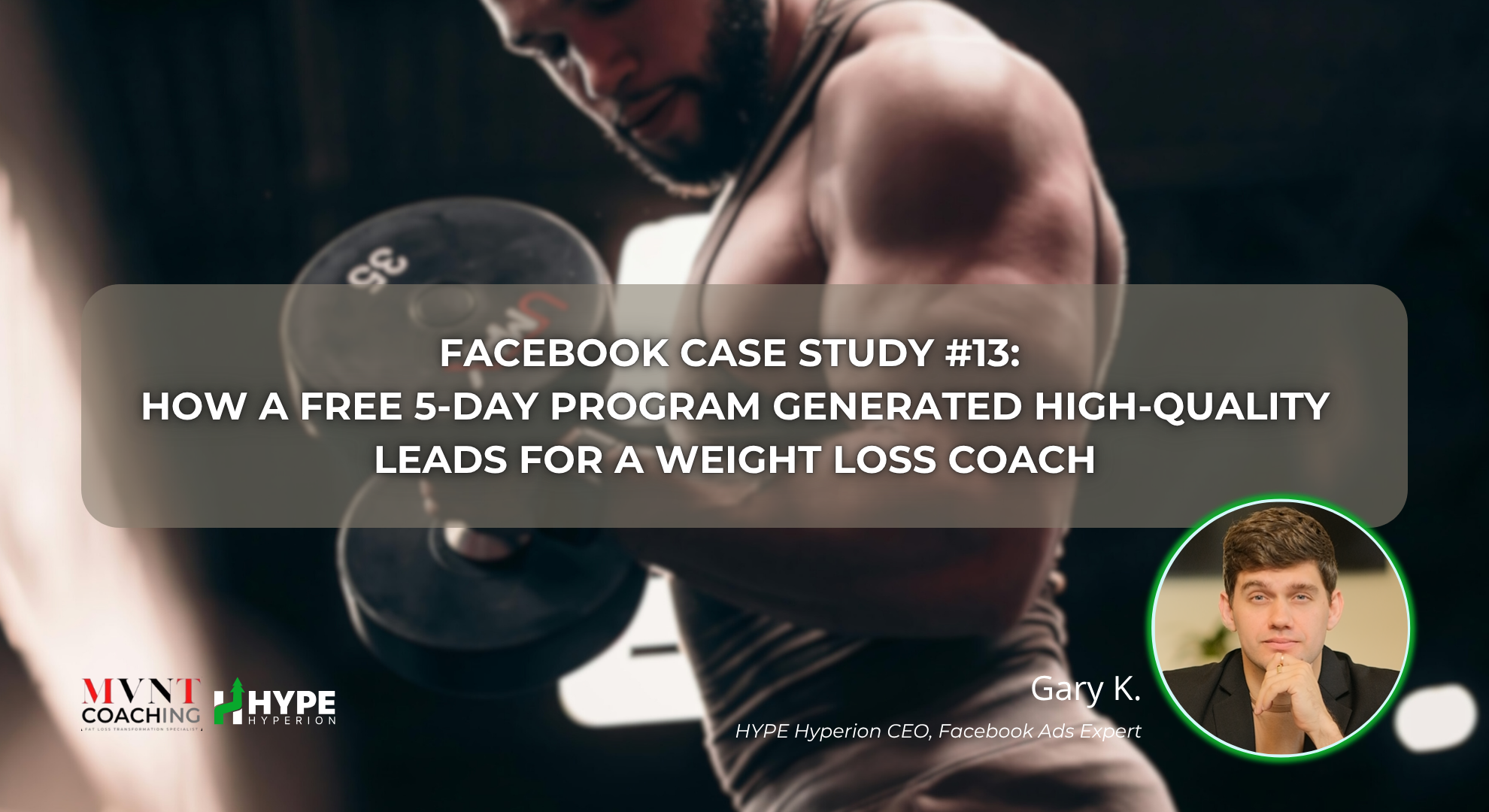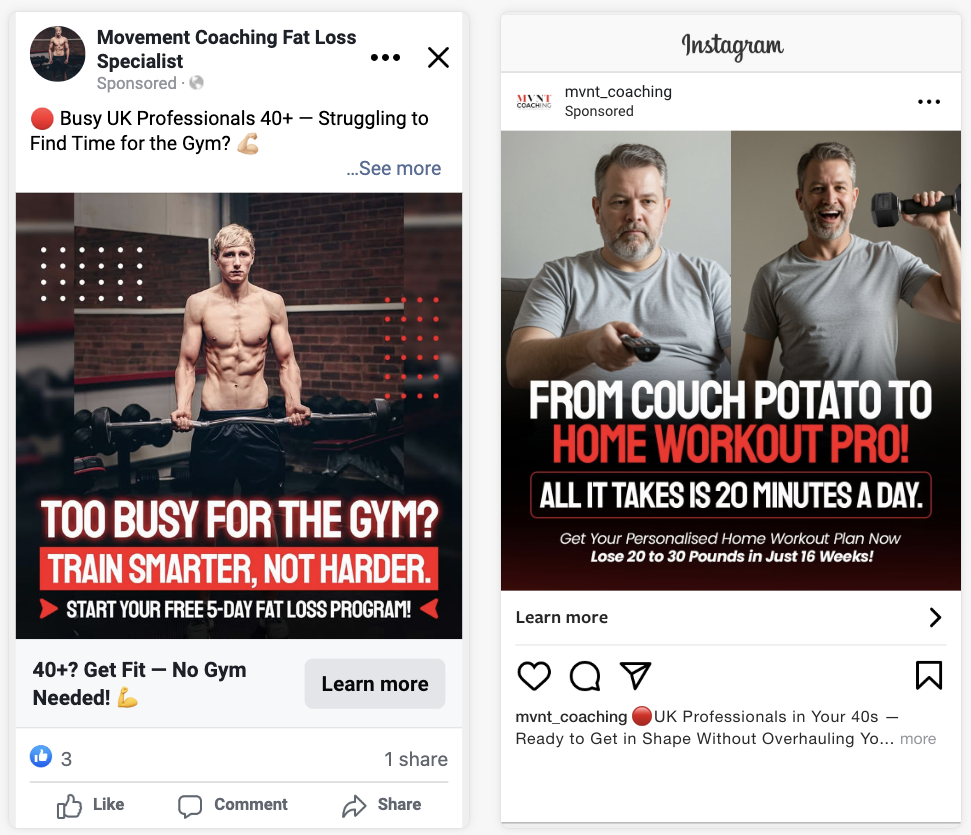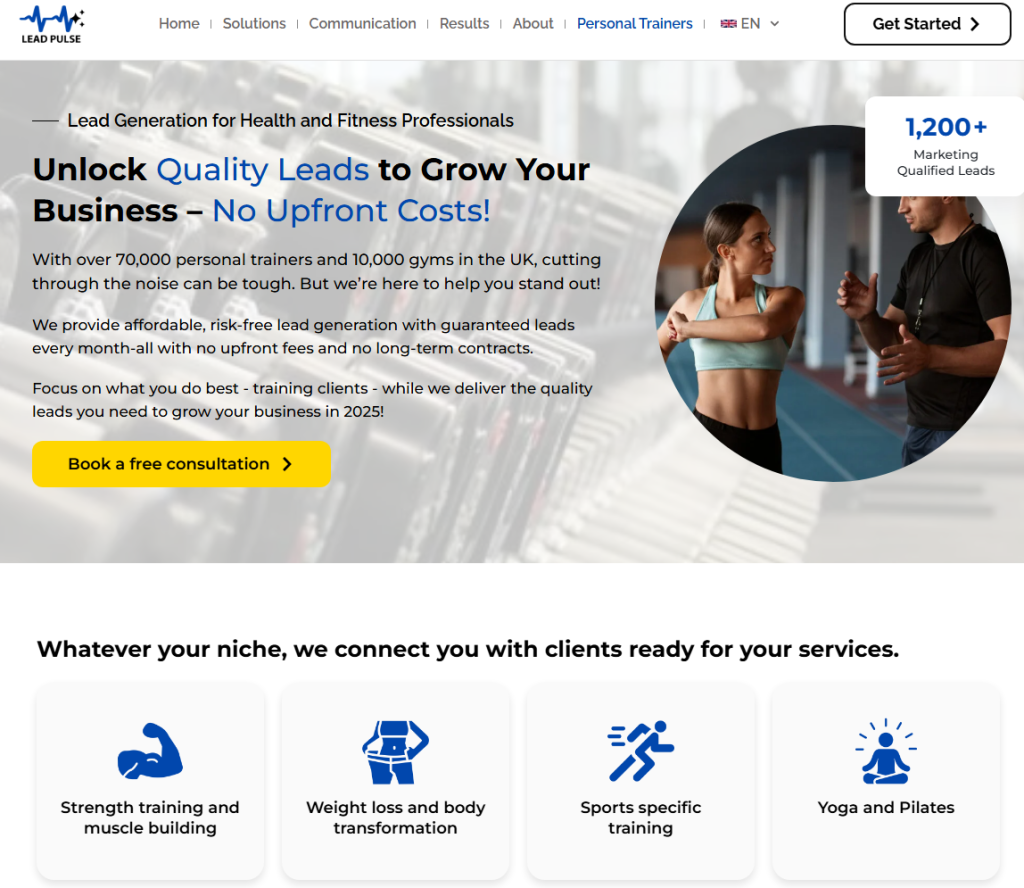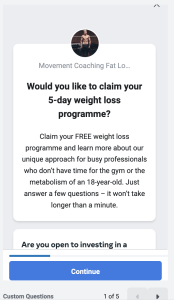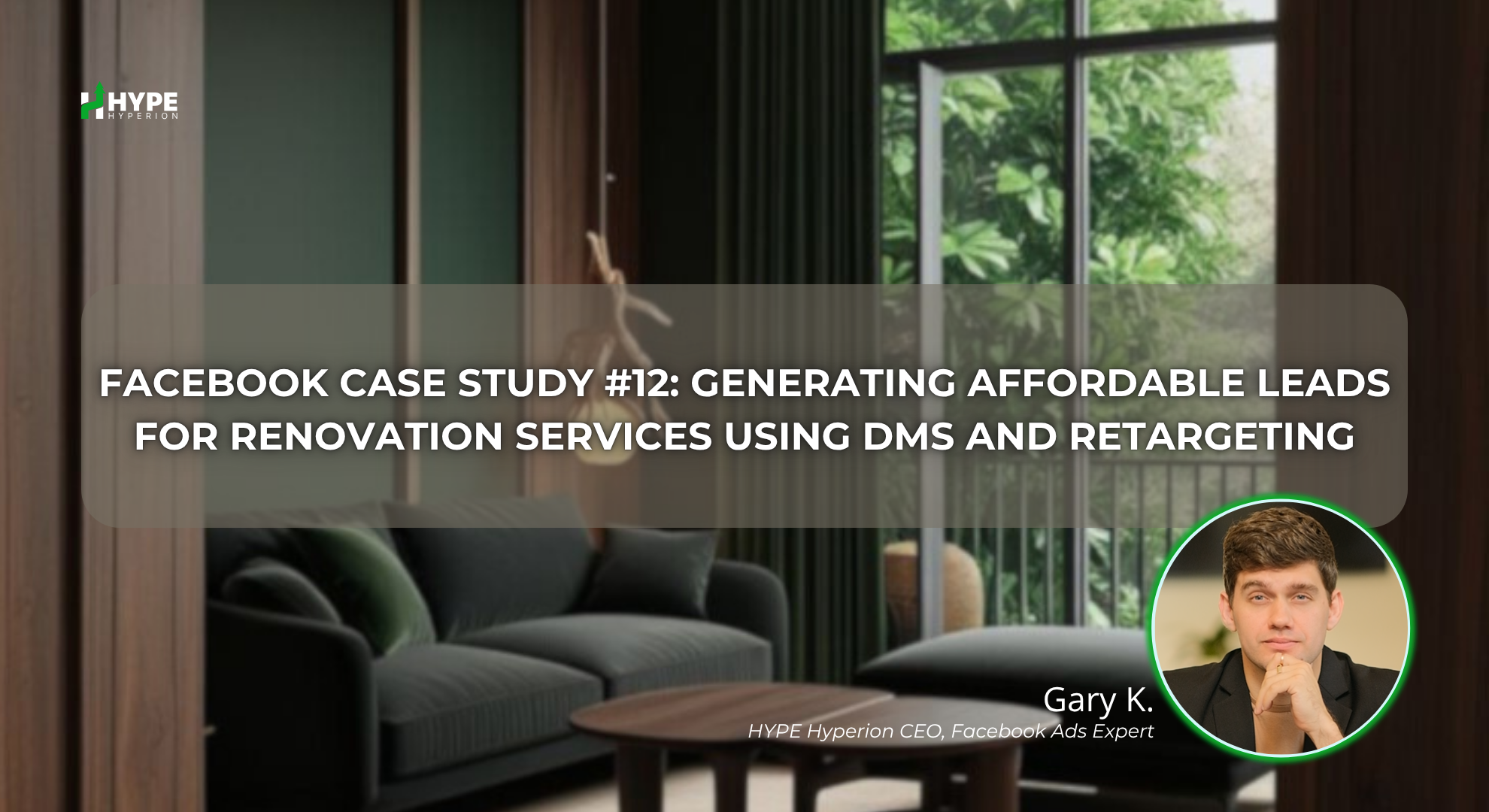Why Schema Markup Matters in 2025 🚀
In 2025, structured data and schema markup are more than just technical SEO trends—they’re essential tools for achieving enhanced visibility in search results. Google and other search engines rely heavily on structured data to interpret web content and serve users more precise and helpful search experiences. From improved indexing to eligibility for rich results, schema markup bridges the gap between your content and search engines’ understanding of it.
What Is Schema Markup and How It Works 🧠
schema markup – is a semantic vocabulary of tags (or microdata) added to a webpage’s HTML. These tags provide search engines with explicit information about what a page is about—whether it’s a product, an event, a blog post, or a service provider. This structured data doesn’t alter how the page appears to users but enriches how search engines read it, influencing how listings appear in the SERPs.
Types of Schema Markup and Their Benefits 📘
There are various types of schema markup, each suited to different types of content. Some of the most relevant for businesses and content creators include:
- Article schema: Enhances blog visibility by adding structured information like author, publish date, and description.
- LocalBusiness schema: Helps highlight service-based businesses in local searches.
- Product schema: Adds pricing, availability, and review data for e-commerce.
- FAQ and HowTo schemas: Increases chances of appearing in Google’s featured snippets.
Using these appropriately can lead to higher click-through rates (CTRs), improved rankings, and expanded real estate in the search results.
Implementing Structured Data for Maximum Impact 💡
During our case study in early 2025, we audited and implemented schema markup for multiple client websites with a specific focus on service pages and blog content. The goal was to improve click-through rates and qualify for rich snippets. Each structured data type was selected based on content relevance and the business model.
Using Google’s Structured Data Markup Helper and Schema.org’s documentation, we embedded structured data in JSON-LD format—now the most recommended format by Google. After implementation, each page was tested via the Rich Results Test and Search Console’s URL Inspection Tool to ensure accuracy and eligibility.
Article and Person Markup for Thought Leadership ✍️
For blog pages, we implemented both Article and Person schema to reinforce the credibility of the content. Each post now displays a verified author’s name, image, and brief biography. This helps Google assess content authority, a significant part of E-E-A-T (Experience, Expertise, Authoritativeness, and Trust).
We also ensured consistency across the site by tying author profiles to their respective blog posts using sameAs properties that link to their professional profiles on LinkedIn or company bio pages.

Rich Snippets and the Resulting SEO Boost 📈
Post-implementation, several pages began appearing with rich snippets—including star ratings, publication dates, and expanded descriptions. This visual enhancement in the SERPs naturally drew more attention and led to a significant rise in organic traffic. For one client’s FAQ content, CTR increased by nearly 40% within three months of schema deployment.
This uplift wasn’t just cosmetic. The improved metadata allowed Google to better position content for intent-based queries, increasing search visibility and ranking stability across competitive terms.

Enhancing Local Visibility with LocalBusiness Schema 📍
LocalBusiness schema was applied to our clients with a physical service footprint. The markup included details such as business hours, location, contact information, and review ratings. As a result, these pages gained more presence in Google’s Local Pack and knowledge panels. This allowed for stronger local SEO performance and generated leads from nearby users actively searching for services.
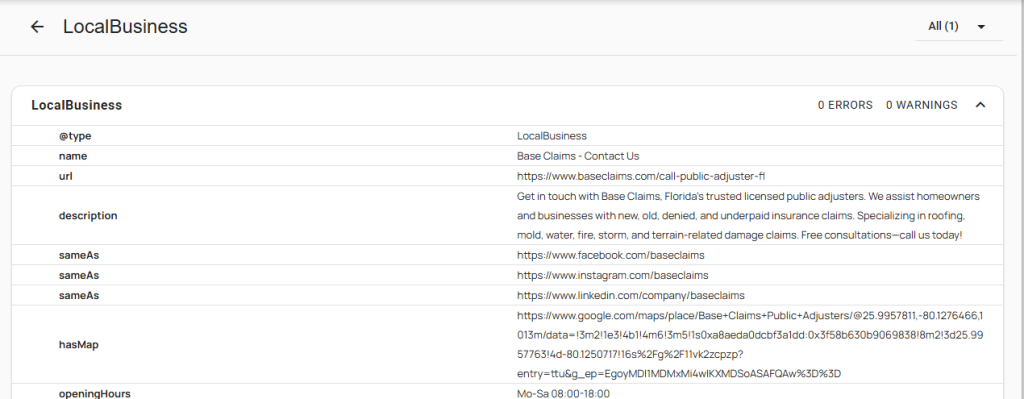
Combining Schema with Other On-Page SEO 🧩
Structured data was not used in isolation. It was part of a holistic on-page SEO strategy that included improving header hierarchy, compressing image assets, and optimizing internal linking structures. By aligning all content signals, we provided Google a clear and coherent understanding of each page’s topic, purpose, and authority.
In particular, schema markup worked synergistically with:
- Enhanced meta titles and descriptions
- Canonical tags to avoid duplication
- Responsive mobile formatting
This all-around alignment amplified the results of our schema markup implementation.
Breadcrumb Markup 🧭
To improve UX and boost crawlability, breadcrumb schema was deployed across all content sections. This markup clearly indicated page hierarchy, assisting both users and search engines in understanding the structure of the site.
In the SERPs, breadcrumbs replaced full URLs, making listings cleaner and more navigable. This helped decrease bounce rates and improved overall engagement metrics, which in turn supported better rankings.
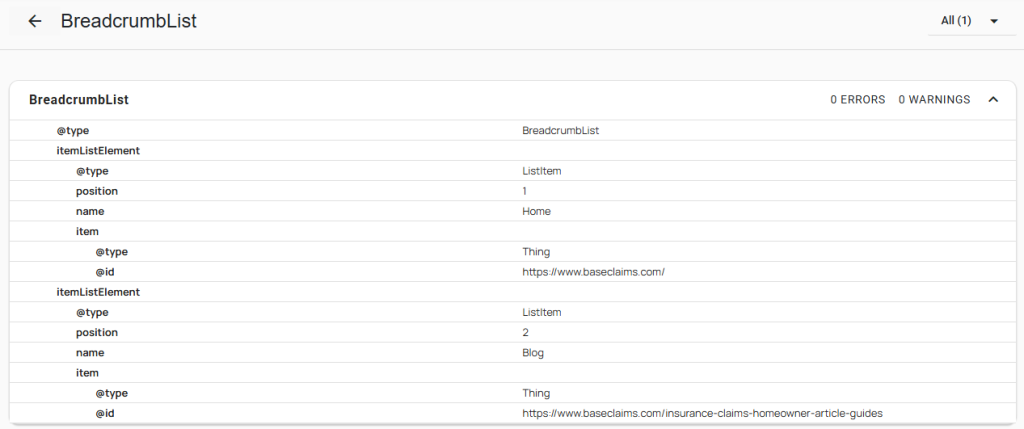
🛠️ Service
The Service schema is essential for any business offering professional or local services — from digital marketing to fitness coaching. It helps search engines understand the type of service, target audience, location served, pricing, and even expected outcomes. This improves your chances of appearing in local searches and rich results tied to intent-based queries. As Google’s search evolves, clearly defined service data becomes key to voice search and AI-powered answers. If you’re selling expertise, not products, this schema is a must.

⭐ Review & AggregateRating
Structured reviews using Review and AggregateRating markup let your customer feedback shine directly in search. Star ratings can boost click-through rates and build instant trust. Whether you’re promoting a product or a service, verified ratings help distinguish you from competitors. Google often prioritizes listings with rich review data. For credibility and conversion, this schema should be part of your foundation.
🎟️ Event
The Event schema is perfect for promoting webinars, workshops, or local happenings. It allows Google to show date, time, venue, and ticket info right in the SERP. Whether you’re hosting a coaching session or an online masterclass, structured event data improves discoverability. It also increases visibility in Google Maps and Assistant-based search. Especially useful for time-sensitive offerings.
🎥 VideoObject
If you publish videos — case studies, testimonials, tutorials — use VideoObject to help them rank in video carousels and snippets. This schema tells Google about video length, upload date, and preview thumbnail. As video content grows in SEO relevance, properly marked-up assets have better chances to appear in rich media results. It’s ideal for showcasing visual proof of your service or product effectiveness.
🍳 Recipe (Bonus: for wellness & nutrition businesses)
If your brand publishes meal plans, healthy recipes, or dietary advice, the Recipe schema allows rich display in food-related searches. It supports ingredients, cook time, nutrition facts, and ratings. This can be a powerful SEO tool for fitness and wellness coaches who offer holistic services. Even a few structured recipes can drive significant traffic through visual results.A Strategic Asset in the 2025 SEO Toolkit 🛠️
In 2025, ignoring structured data is a missed opportunity. While it does not directly guarantee rankings, it significantly contributes to higher visibility, better CTRs, and long-term SEO sustainability. Whether for small businesses, large e-commerce stores, or personal brand blogs, schema markup serves as a strategic asset.
For clients of HYPE Hyperion, this meant transforming how content is displayed and discovered—taking them from basic listings to feature-rich search presence. Schema has proven to be an essential element in the modern SEO stack, and its importance is only growing in the age of AI-powered search.

